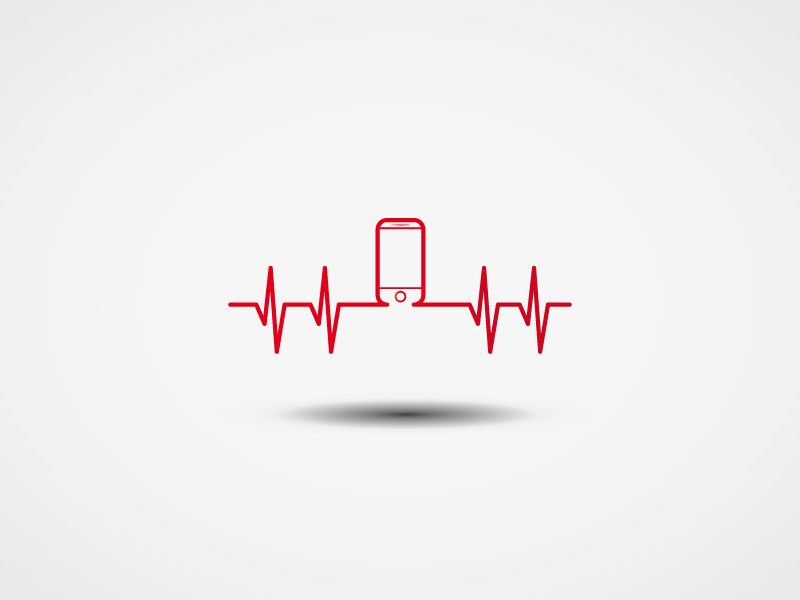Use of Mobile Technology in U.S. Hospitals Soars
Use of mobile technology in U.S. hospitals is growing fast. Some of the largest hospitals in the United States have now turned to mobile technology as a primary means of communication.

Use of mobile technology in U.S. hospitals is growing fast. Some of the largest hospitals in the United States have now turned to mobile technology as a primary means of communication. These big healthcare facilities are already using mobile health apps and other tech platforms, or they’re planning on it, says a survey put out recently by mHealth consulting firm, Spyglass Consulting Group.
The group surveyed 19 major hospitals in the U.S. and found that 63 percent of them had an mHealth communications platform in place that would support at minimum 500 web-enabled devices, or that they had intentions of employing such a platform in the next 12 to 18 months. The reach for each would be at least 500 mobile devices and smartphones, but some could connect with more than 5,000 devices.
For Doctors and Patients
Hospital mHealth strategies and plans put doctors, and patients, in communication with one another through mobile technology. Gregg Malkary, Spyglass founder and managing director, says that mobile devices like smartphones are now replacing desktop computers, landline phones, and pagers as a preferred means of communicating and accessing patient data. The mHealth apps and technology allow for retrieval of important information, and response to pressing matters, from any location at nearly any time.
All Hospital Departments Are On Board
With the integration of mHealth mobile technology into a hospital’s day-to-day routine, physicians, nurses, pharmacists, financial personnel, information technology professions, and ancillary care workers are all able to come on board to best support the care of patients. Patients today are looking at their healthcare options as they would any other choices in any other industry. They’re checking out what hospitals offer and assessing which ones will ultimately make their care easiest. This means they’re often choosing to get treatment done at hospitals that communicate seamlessly between departments, which is where mobile health technology can come in.
Security and Reliability
Of course, having access to easy communication and patient data retrieval is not all that’s required when implementing a mobile health technology system. Security and system reliability are crucial. At the 19 big hospitals surveyed, patients and doctors are finding that these needs are being met across the board, throughout the hospital’s departments. From radiology to housekeeping, different professionals at the facilities have their needs met with the current mHealth platforms.
Spyglass also reported that 83 percent of people surveyed said they required a mobile health communication platform that was comprehensive in scope, meaning it worked for them inside of the hospital and out. Seventy-eight percent thought that, for any mHealth platform to succeed, it would need to have a tightly integrated IT infrastructure and be available on a large scale. Out of all the respondents, 50 percent said that the existing tools available to them offer limited options for reporting and analyzing data.
Malkary stressed that all of the U.S. health provider organizations reported that any smartphone communication system considered would need to be highly reliable, easily manageable, scalable, and support the critical mission of patient communication.


